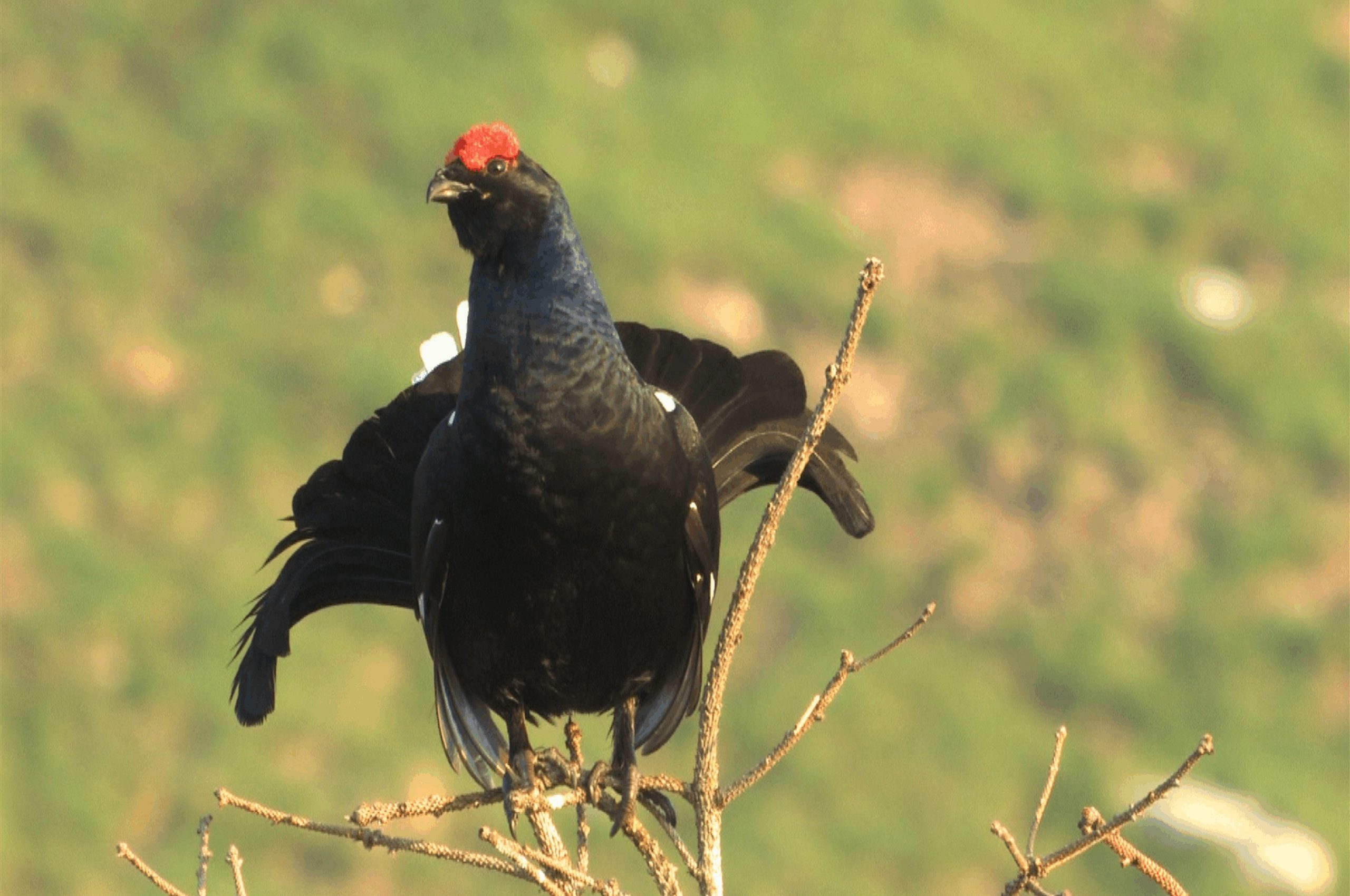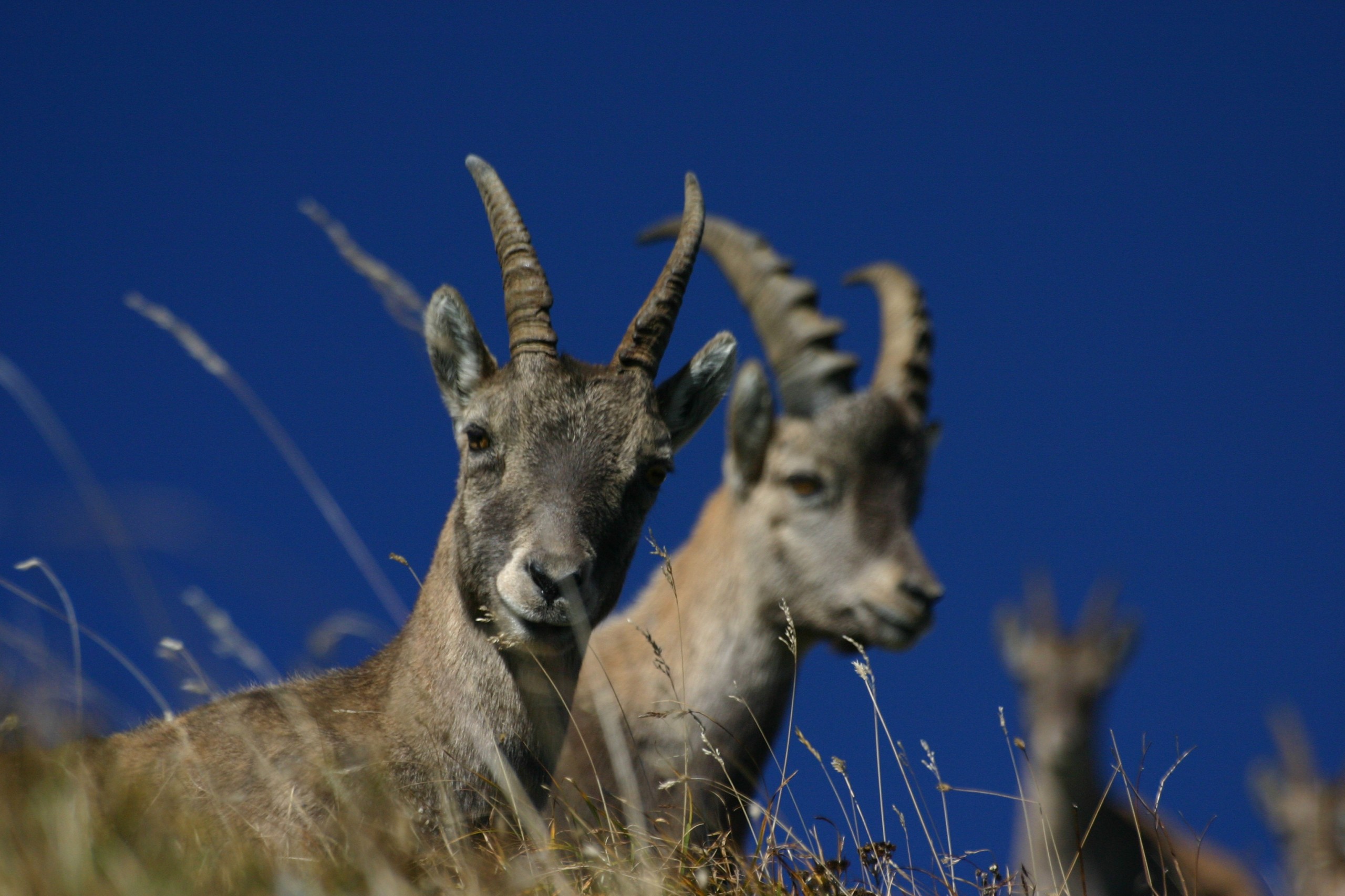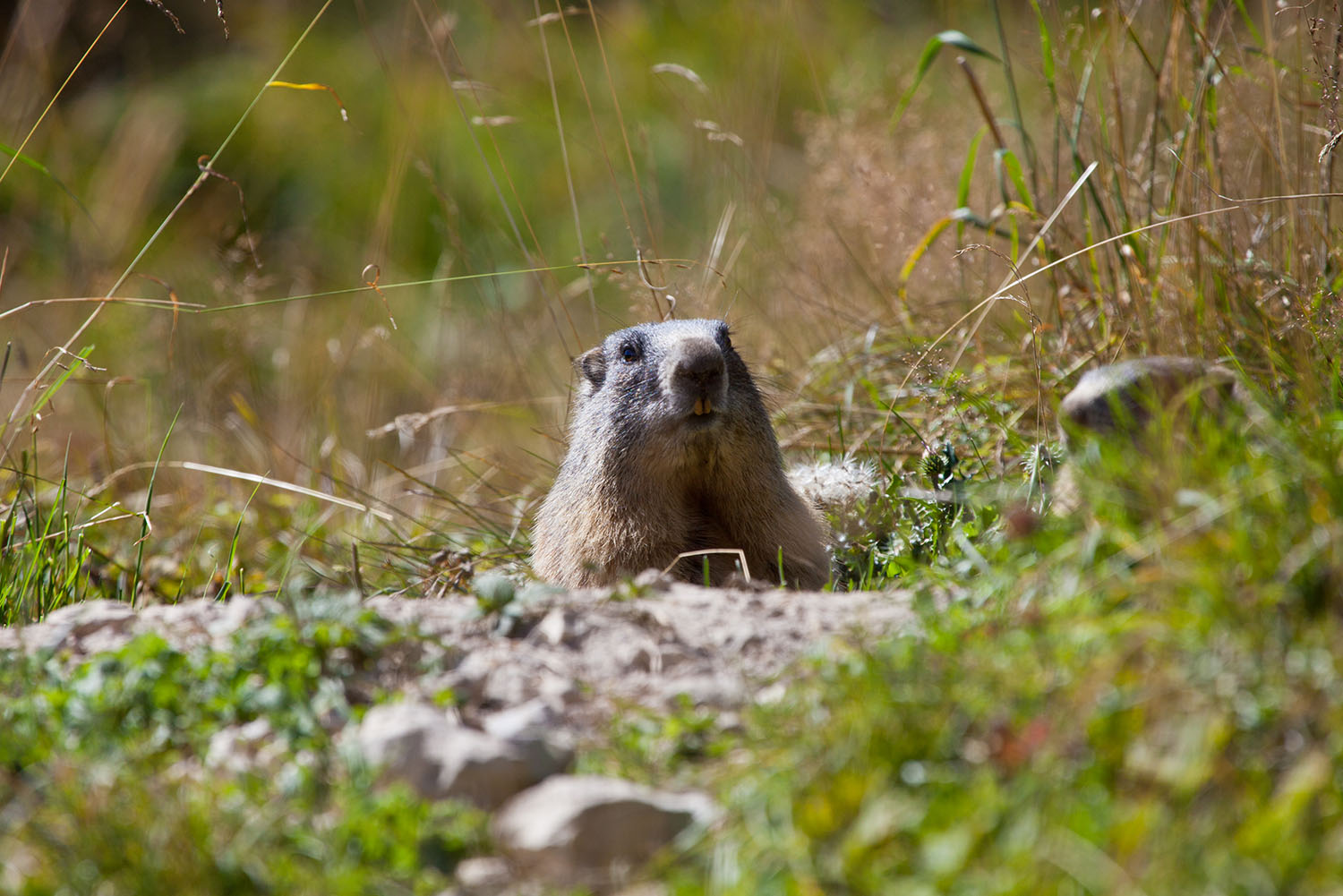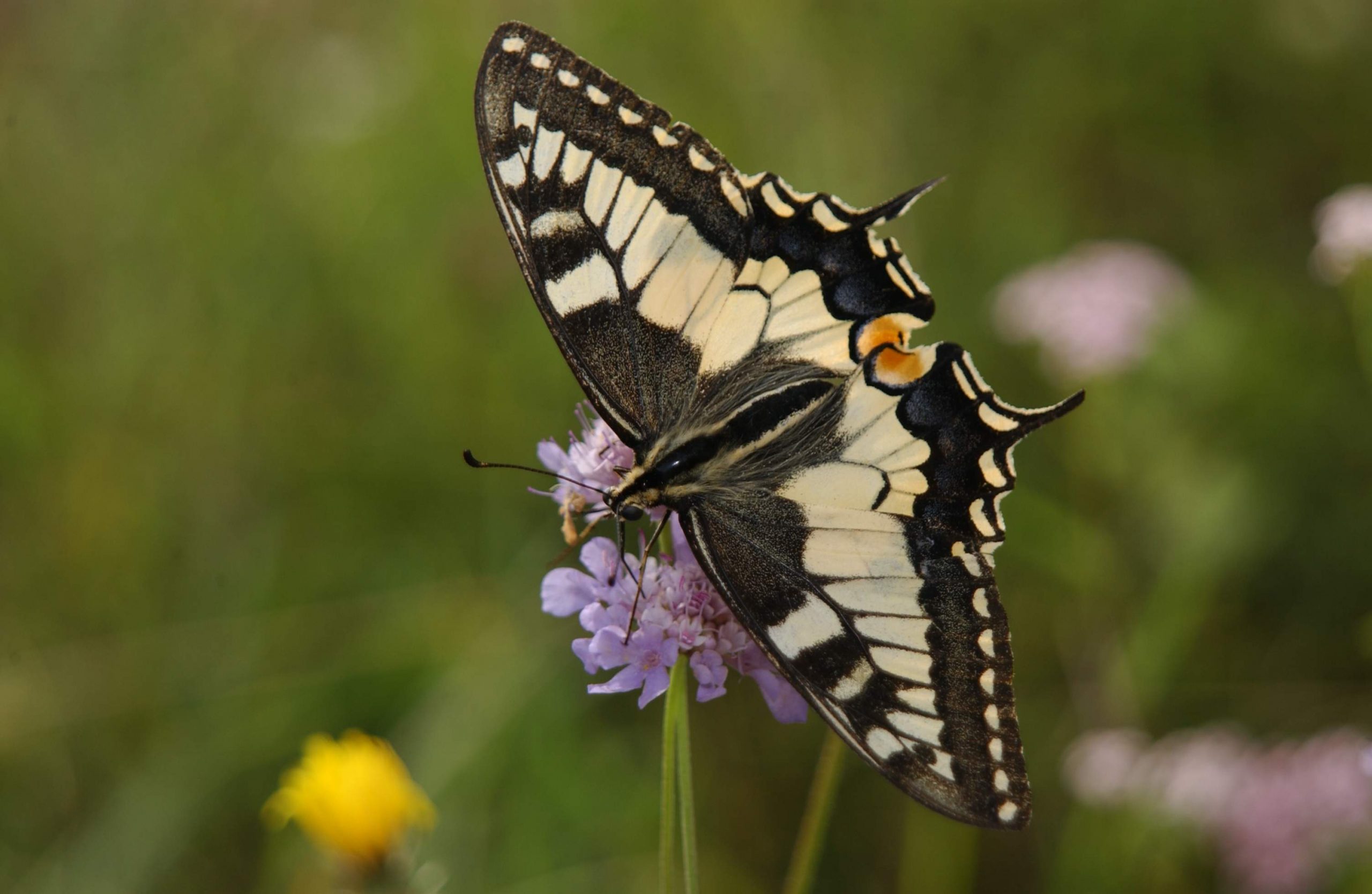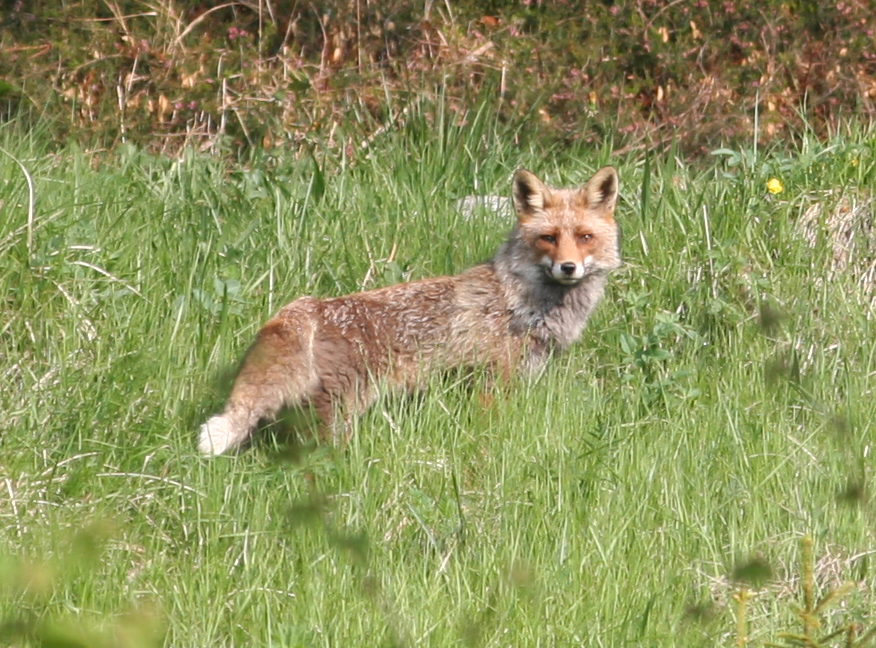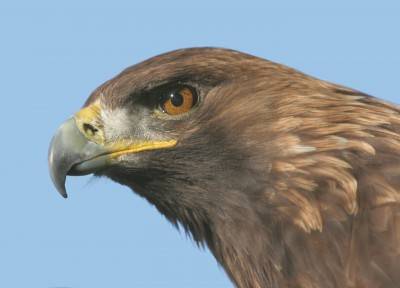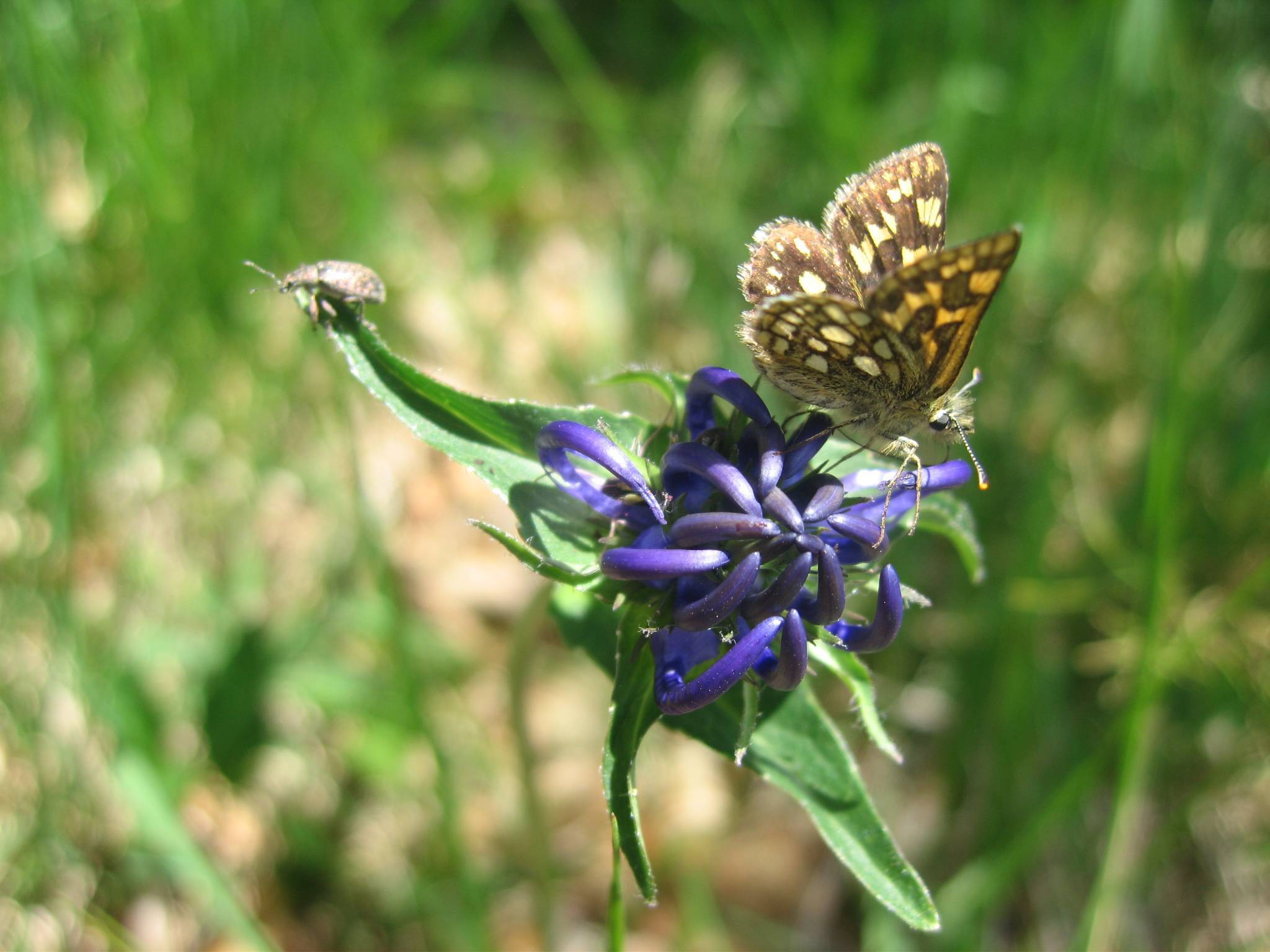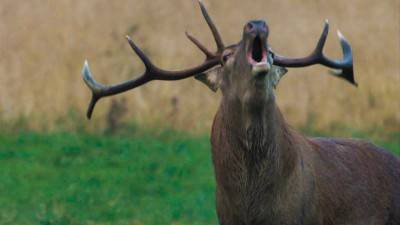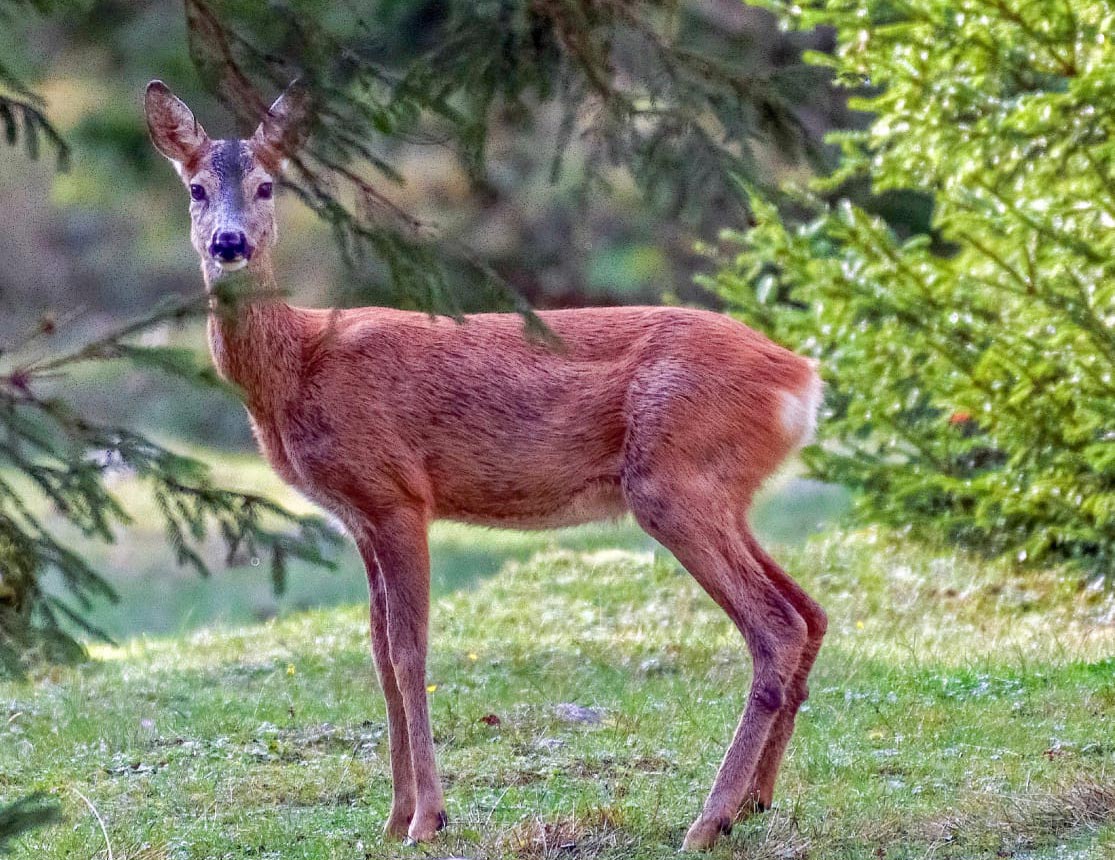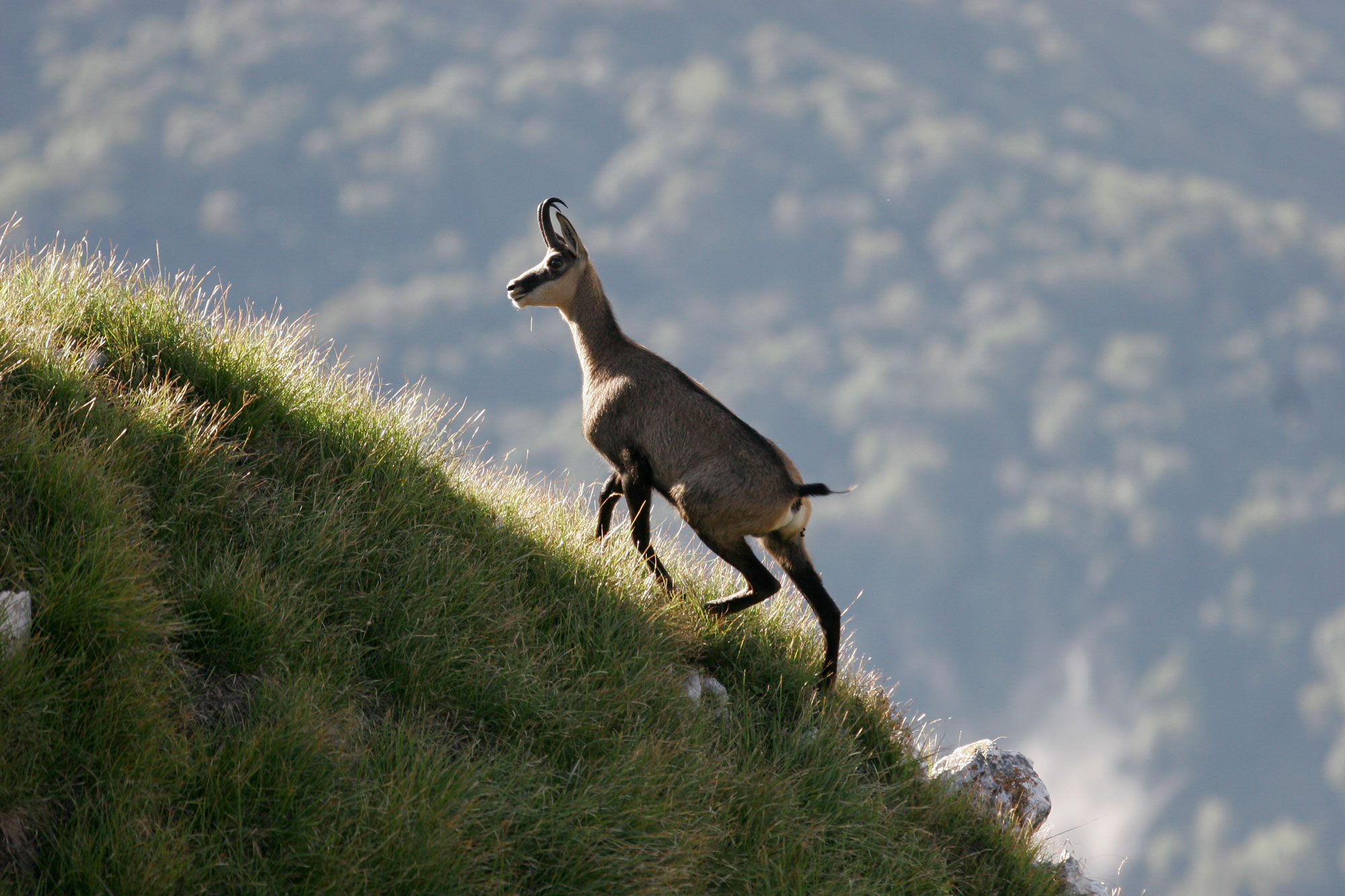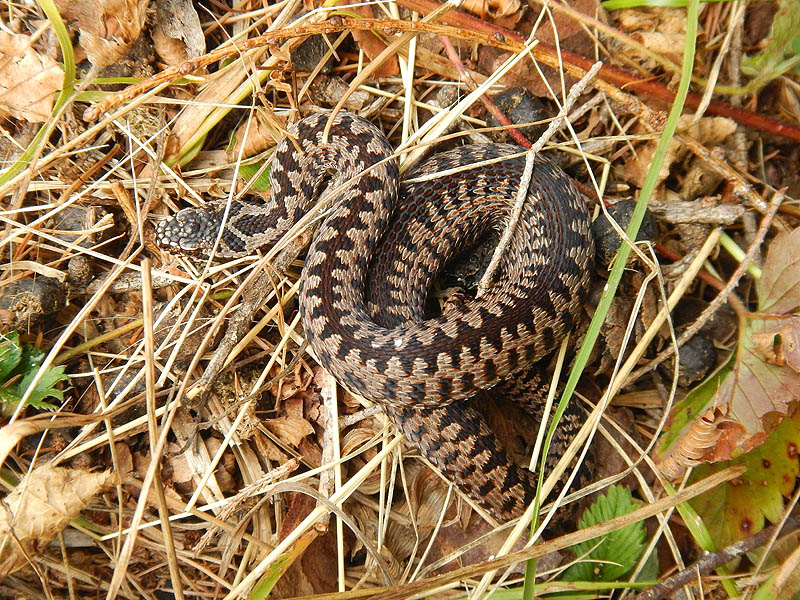Length
- Male: 75 – 95 cm
- Female: 58 – 68 cm
Weight
- Male: 3,7 – 4,5 kg
- Female: 1,8 – 2,4 kg
The grouse (also known as capercaillie) has a physical structure that varies from male to female. The male has a dark color with greenish shades on the chest and two showy white scapular spots, while the female has a brown-gray color, more reddish on the chest. Both have spear-shaped chin feathers, tail with long dark white speckled feathers that are opened like a fan and legs covered with a thick down. The appearance, with the change of seasons, remains unchanged.
La vita media del gallo cedrone è di circa nove anni. È un animale diurno, si può trovare nell’orizzonte montano (1000-1800m), nella foresta mista di conifere e latifoglie, estesa e poco disturbata, con alberi vecchi e rami robusti per facilitarne lo spostamento.
It has specific environmental requirements and is therefore particularly sensitive to habitat and landscape changes, both natural and man-made. The singing arenas, where the capercaillie performs its parade to attract females, are open and well defined forest portions.
In summer grouse eat green vegetables, ants, berries and fruits such as raspberries, strawberries and blueberries, while in winter they feed on buds, conifer needles and undergrowth sprouts. They are shy and cautious birds, waiting for spring on a tree and during clear weather on the ground to looking for food; grouse do not have hunting strategies, because they are not predator.
During the mating period, males and females have different behaviors: the male performs the love ritual that consists of a dance called “parade”, with fan-shaped tail, head back, all accompanied by a spectacular song, sung before the sun rises, to attract females. During the last phase of the song the male does not hear and does not see and it becomes an easy prey. Females come running and, once fertilized, they lay their eggs in a depression in the ground.
The mother, to defend the eggs (but the young also), performs the “distraction parade”: she pretends to be wounded and drags away in order to divert the enemy’s attention away from the nest.
The breeding season is from April to May; pregnancy lasts about 25 days and births take place in June. The number of young varies from 5 to 14 and the weaning period occurs in autumn: the young get divided in flocks depending on sex.


